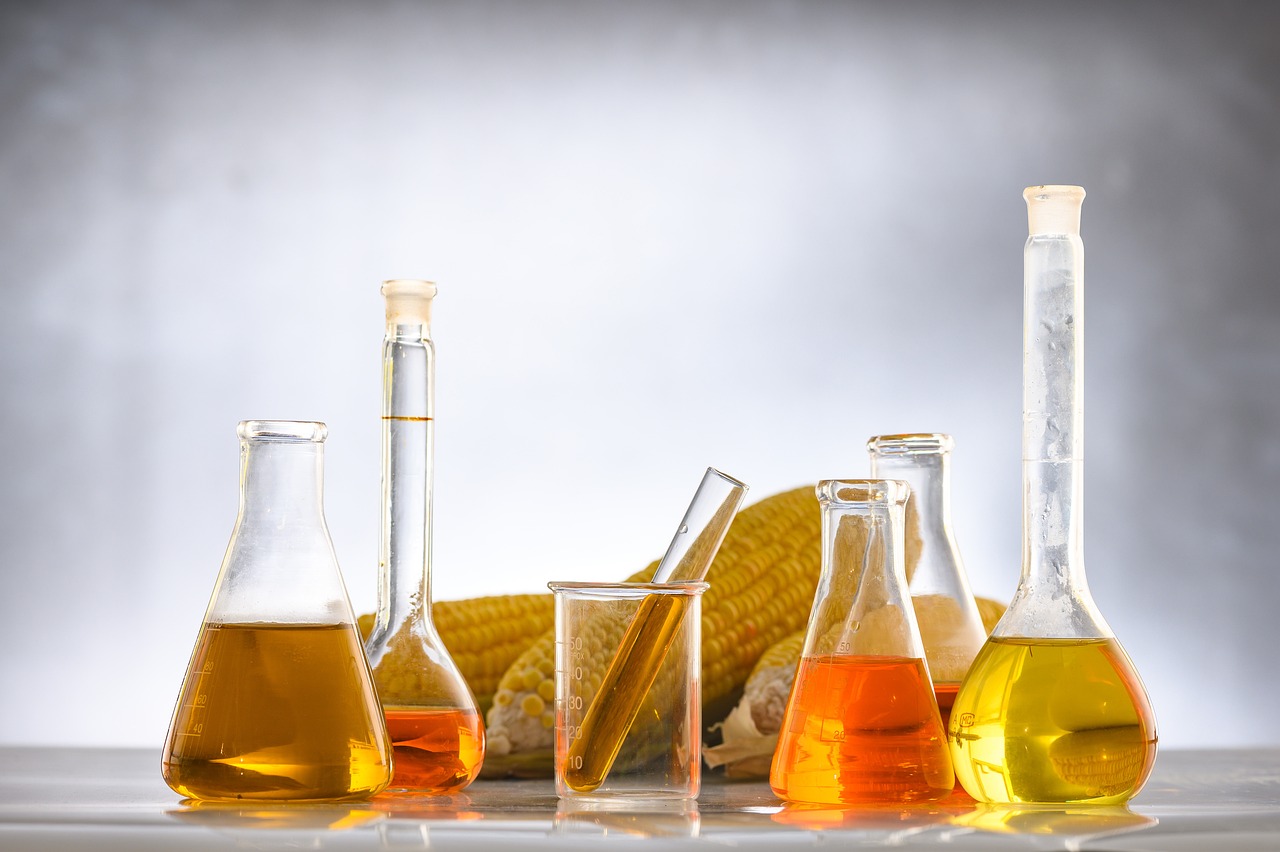Recent tests conducted by Pesticide Action Network Europe have shown a shocking rise in the detectable levels of TFA, or triflouroacetic acid, in wines sampled from ten EU countries. TFA is a persistent breakdown product of chemicals used in refrigeration and agriculture, and is thought to pose a threat to human reproduction and liver toxicity.
The numbers are alarming. “We see an exponential rise in TFA levels in wine since 2010,” the organization wrote in their report. “TFA was not detected in wines from before 1988, while wines from 2021–2024 show average levels of 122 μg/L, with some peaks of over 300 μg/L.” Additionally, wines with higher TFA levels also demonstrated increased amounts of synthetic pesticide residues. This was expected, because TFAs have long been associated with long-lasting per- and polyfluoroalkyl substances (PFAS) used in pesticides. According to the EPA, PFAS substances are also found in fluorinated containers, a treatment intended to make these packages less permeable.
An accumulating risk

For a long time, TFAs were thought to be non-toxic. Not only has that assumption been proven wrong, but the amount of TFAs that have been accumulated in the earth’s soil, water, and crops has reached the level of “global threat,” according to a recent report published in Environmental Science & Technology. “Currently, TFA concentrations are orders of magnitude higher than those of other per- and polyfluoroalkyl substances,” the report reads. “Collectively, these trends imply that TFA meets the criteria of a planetary boundary threat for novel entities because of increasing planetary-scale exposure, where potential irreversible disruptive impacts on vital earth system processes could occur.”
Pesticide Action Network Europe compared their recent findings to the only official study of TFAs ever conducted on food, conducted in 2017, and the results are dismal: TFA levels have doubled in less than a decade. “TFA, like other PFAS, is a forever chemical,” their report concludes. “Every year of inaction adds to its lasting legacy in our environment, food, and bodies – putting our health, and that of future generations, at risk.”




